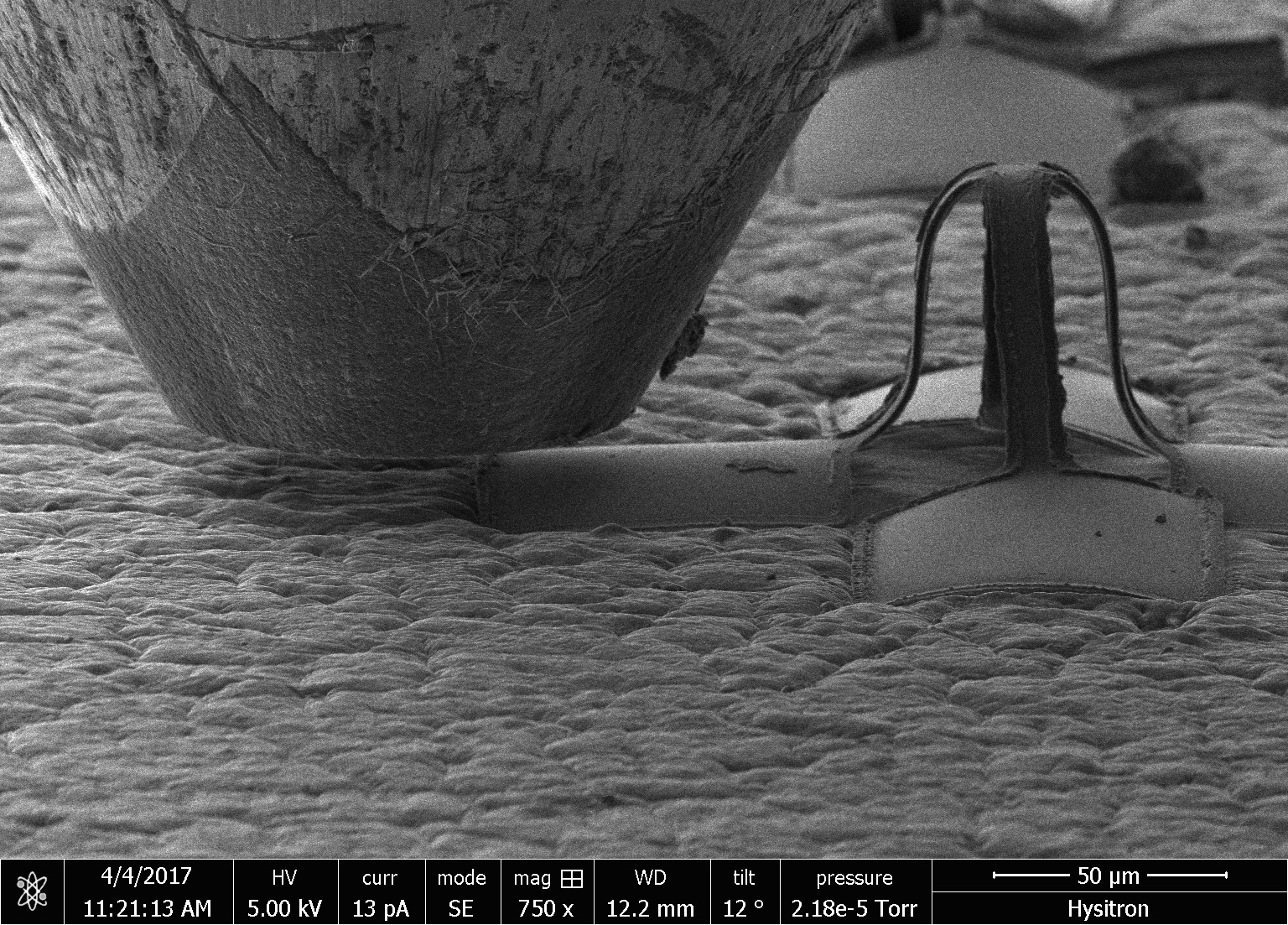There is growing need to develop three-dimensional (3D) electronics devices due to either a requirement imposed by the application such as integratation with skin or a as a route to improve the efficiency of current 2D systems. For example, biology is inherently 3D designs. Therefore, to successfully integrate a technology with life or to mimic the nature designs, we often need to fabricate 3D electronics that meets the complexity of nature 3D designs. Also, currently, the efficiency of devices is improved through the optimization of the used material. However, there is a limitation to this route or an imposed higher cost due to using fancy materials. Popping the design of electronics from 2D to 3D provides additional material space to continue to improve the efficiency of these devices through the optimization of geometry and thickness/scale of materials. For example, 3D microelectromechanical systems (MEMS) sensors offer vastly improved bandwidth and frequency tunability over conventional 2D MEMS structures, such as cantilevered beams and doubly clamped bridges.3D structures such as Origami and Kirigami enabled novel functionalities, which are not achievable with 2D planar materials. Little is known in the literature about their nanomechanics, hence reliability and durability for long-term applications. We are working on a better understanding of the nanomechanics and nanotribology of 3D multilayered structures through a series of different experiments using low and high load nanoindentation, nanoscratch and flat-punch compression.


